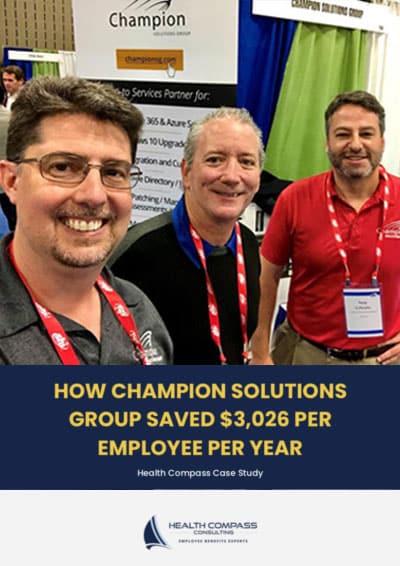Although most companies have secured and optimized critical spend areas that represent 80% of OPEX, many of these same companies have yet to address overhead expenses (aka: In-Direct Expenses or Tail spend) which represent the remaining 20%.
If you’re one of them, don’t feel bad. Forgoing optimization of overhead expenses was the “old normal” when companies rode the “jet-stream” of economic activity and expansion. Now that these winds have subsided, now is the perfect time to transform additional OPEX into EBITDA, allowing it to be leveraged for additional top-line growth.
Whether you call them in-direct expenses, tail spend or overhead expenses or anything else, now is the time to take action.
Since most companies do not have the internal resources or expertise needed to optimize these smaller expenses, here is a road-map for success:
1. Start with an internal review of 12 month A/P excluding labor and cost of goods sold.
2. Evaluate spend by both supplier and by expense category
Categorize each line item by standard industry expense categories and by supplier, not by the general ledger.
3. Draw from insights and dive deeper into category make-up:
Are there opportunities to consolidate spend to reduce the number of suppliers for you to manage while increasing leverage with remaining suppliers? Are there suppliers you can leverage across multiple categories.
Do you have an expert that knows each categories’ best suppliers, service standards, trends, emerging technologies, the nuances of commercial terms and best negotiating strategies?
4. Compare to best-in-class pricing for each category and be sure you are not overpaying?
Be honest about what your company can do and where you need help.

By gaining further visibility into your expenses, consolidating vendors and leveraging your new-found purchasing power, you will reduce costs on these line-items by 10% – 25% and boost profits by about 2% a year.
If your team does not have the expertise or bandwidth needed to realize these additional profits, do not fret.
There are outside resources who have the expertise and financial incentives needed to deliver results — without your company incurring any additional costs.
Performance leaders who engage in the coming months will gain first-mover advantage and enjoy the freedom to reinvest their newfound capital in growth initiatives or simply enjoy higher profits for shareholders!
As with most things, our actions determine our outcomes.
Sincerely,
David Halibozek – Principal at Expense Reduction Analysts

